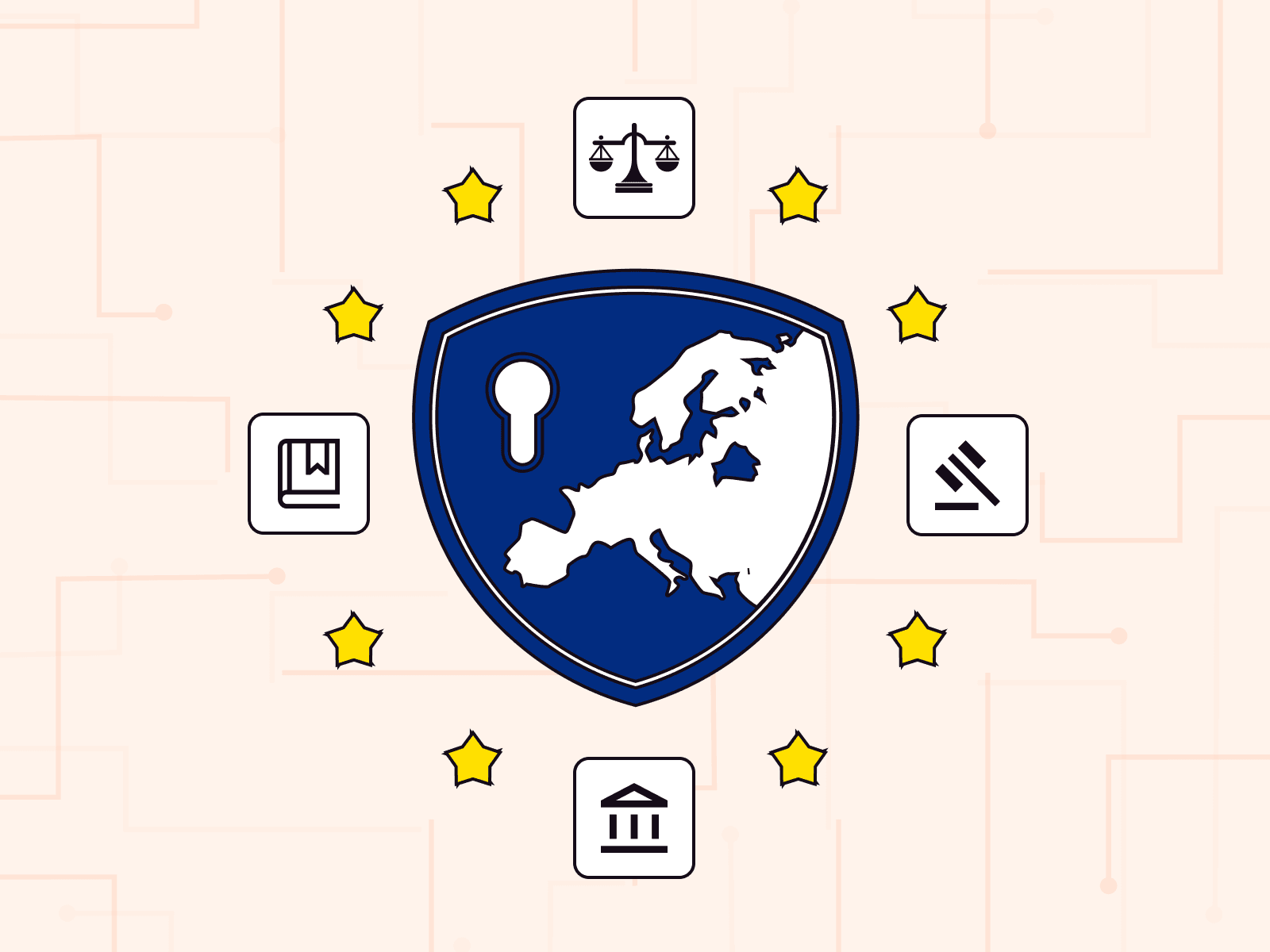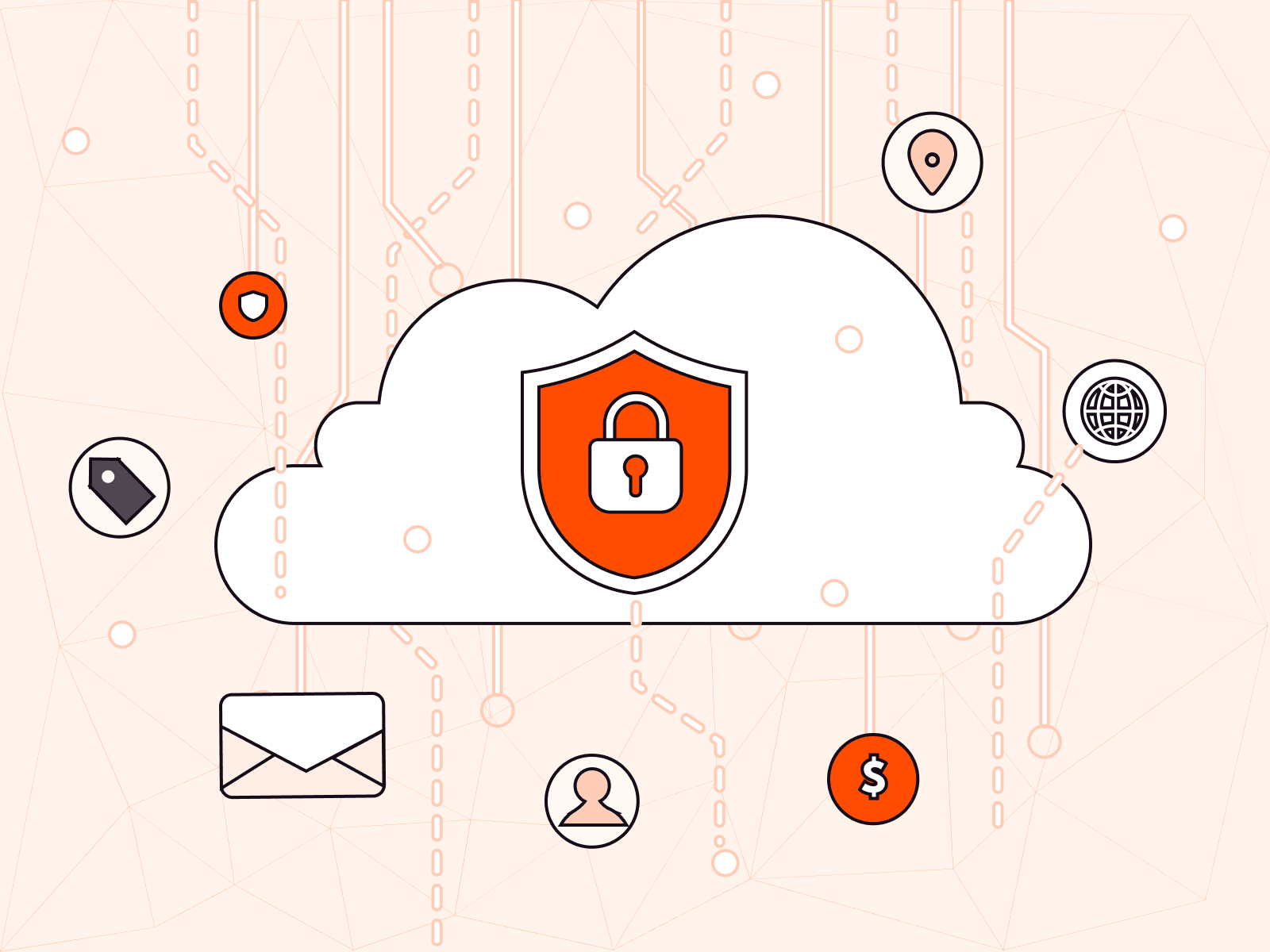We launched a world-class virtual data center in just half a year
- December 20, 2019
- 6 min read

Vsevolod Vayner, Head of Gcore Cloud Platform Department, talks about the release of Gcore public cloud, IaaS, PaaS, SaaS, and FaaS model prospects, and the benefits of integration with the network that made it into the Guinness World Records.

— Gcore released its own public cloud recently. Please tell us what it is for and what businesses will benefit from it.
— Indeed, this year we made the most important step in developing our own product and service ecosystem for online businesses by launching a public cloud, which already works within the IaaS model. And by the end of this year we plan to deploy PaaS functionality as well (infrastructure as a service and platform as a service).
“In essence, our solution features is a multifunctional data center that is available at any time from anywhere in the world and allows you to deploy unlimited virtual resources in just a few clicks, without leaving your home or office and without buying the expensive necessary equipment.”
Product Owner Cloud at Gcore, Vsevolod Vayner
With the help of our public cloud, any business (online store, bank, game publisher, or media business) will be able to speed up their development, testing, and launching processes several-fold, and with the minimum infrastructure costs.
It’s important to understand that today, to be successful in a highly competitive environment, online companies need quick access to powerful high-quality development and business operation tools that can be scaled up as soon as such a necessity arises—for instance, to withstand a peak influx of website users during a sale period (for online retail), after the release of a new game (for game publishers), or to launch a new document scanning service (can be used by healthcare companies, insurance companies, or banks).
— And is it difficult to get such access quickly?
— How do people normally obtain resources today in large companies? Typically, they have a lot of departments, each of which is responsible for a very small portion of resources. And if, for example, a developer needs a copy of some large business application, they have to submit a request in a ticket system—and in three to four weeks they receive the resources they need. In this time, market leaders are able launch new services and feature sets. On the other hand, with the help of a cloud it’s much easier for a developer to access the necessary resources: the Gcore virtual data center needs to be registered in a vendor database only once, and then the developer simply logs in to a user-friendly self-service portal, selects all the services and resources they need, and receives them within minutes, not months.
Also, the public cloud allows clients to solve the problem of high-efficiency resources staying idle after the traffic peak or testing have passed. Such resources sometimes stay on the balance sheets for months without being used and depreciate.
— What features does your public cloud offer?
— Currently, we’re talking about infrastructure services (IaaS). By the end of the year we plan to move to the platform service level (PaaS).
Within the IaaS model, we offer the feature of operating virtual machines with the option of setting up any configurations and operating system to deploy and scale projects after that in a few clicks. Cloud object data repository and block data repository are integrated with it. We also allow our clients to create virtual cloud networks where they can set up private clusters to do necessary computations or to isolate a certain set of applications within their own cloud network. Of course, we also provide the standard features of any high-quality cloud, such as virtual machine snapshots, and we also offer disaster recovery for important business applications and systems with a guaranteed resumption of work time of 2 minutes, and more.
Another useful feature of our IaaS service is an option to manage resources by distributing them among projects (cost centers). This makes the use of resources by projects or departments transparent for our clients. It means that the users can see not just the lump number of resources used within a certain period of time for all projects, but detailed info about how much was spent on each project. This system already works in Gcore, and we can understand the cost structure for CDN, hosting, media platform, DDoS attack protection, and other services of ours.
We are also launching a so-called load balancer, which allows clients to distribute the workload between virtual machines and, consequently, to use resources more efficiently. For example, a client’s website is working on a group of virtual machines, and at a certain point the load on one of the machines increases to 80—90 %. To prevent the machine and website from crashing, you can use the balancer and distribute the workload efficiently. Among our IaaS plans there are also bare metal and dedicated server management features.
As for the development of platform services, or PaaS, we’re talking, first of all, about an option of autodeploying Kubernetes clusters for container orchestration and about the emergence of a platform for developing, testing, and launching AI applications and Hadoop-based systems for working with big data. Currently, we’re already working on a number of pilot projects related to neural networks, and the results are very promising.
— What are the competitive advantages of the Gcore cloud?
— First and foremost, it’s the high quality of our product. The Gcore team that works on the public cloud, has many years of expertise in designing, developing, and supporting private cloud systems, including one of the biggest online game developers and publishers—Wargaming (World of Tanks, World of Warships, and other titles).
Secondly, our cloud is deeply integrated with other Gcore products and services, including the international content delivery system that was marked in the Guinness World Records and provides an average cloud response time of less than 30 ms; high-efficiency DDoS attack protection at the net protocol level; a cloud object data repository; and a media platform for streaming and providing videos on demand, which is of particular relevance for media businesses and the game industry.
Thirdly, our cloud is located in Tier III and Tier IV data centers that have up to 40 Gbps data channels and a 99.95 % SLA with financial assurances.
Lastly, we offer reasonable prices and are ready to make any deep customizations at a client’s request. The fares for our cloud services are on average 20-30 % lower than similar offers from the “big five” providers. We are also willing to customize our services and solutions to fit our clients’ needs in the shortest possible time—it’s something you can’t always expect from the big players in this market.
I would also like to point out that all Gcore products and services, including the CDN, media platform, and hosting, work within our own cloud and can withstand any peak load on the network; such loads occur in our network several times a day.
— How do clients pay for your cloud?
“Clients are charged for the resources and applications they have used—it’s the so-called Pay-as-you-go model with per-minute billing. This means that if you need to test a new app or to withstand a peak of traffic for 5 hours and 32 minutes only, you only pay for this exact time.”
Product Owner Cloud at Gcore, Vsevolod Vayner
It’s much more convenient than the traditional model of virtual or dedicated servers, which are paid for a month or a year in advance.
— In which regions do you plan to deploy your public cloud?
— As of today, our cloud is based in Luxembourg; Frankfurt, Singapore, Sidney, Santa Clara, and São Paolo are to follow soon.
— And what does the future hold for this product?
“The next logical step for our public cloud will be the application as a service level (SaaS). We plan to launch a marketplace with a lot of applications that will be deployed in a click. For instance, provisions can be made for deploying dozens or hundreds of virtual desktops based on a single image.”
Product Owner Cloud at Gcore
Within the gaming sector, we plan to provide a platform for multiplayer servers and their autoscaling.
In the future, elements of the function as a service concept (FaaS) will be implemented. In this scenario, to deploy applications a developer only needs to determine the necessary functions and to add the code describing them into the service. They don’t have to create the corresponding infrastructure, server apps, and cloud environment supporting them.
The FaaS platform will deploy the environment needed for performing the requested function by itself, organize their management, and provide scaling. Such a platform is economically advantageous due to its more efficient use of resources: functions are only run if needed and close after the event has been processed.
This cloud service concept is in demand, first of all, in the field of commercial Internet of things and also when launching high-load services. As an example, let’s take a look at an app coloring old black-and-white photos integrated with the development of AI models. In particular, such a service has a function that receives an uploaded file, processes it, and saves the result. Before, for all of this to work with any load, servers had to be managed, whereas with FaaS you only need to write this function, and the platform will process any amount of traffic automatically.
— How did you manage to build a virtual data center in just half a year? What challenges did you have to overcome?
— Half the battle is, of course, the team and their expertise. To fulfill this task, we engaged more than 30 highly skilled specialists, each of whom possesses valuable knowledge in various fields, including the field of building integral architecture, in computing and network fields, in data storage system segments and containerizing, in the field of continuous integration and continuous delivery, and so on. We have drawn a 3-year-long roadmap for developing the service and follow it. And don’t forget that Gcore has already had great experience in building private cloud systems for several clients.
The main challenges in reaching our goals were, first of all, the short time frame, the testing and implementing of the new network architecture, and the integration of the cloud platform into the existing architecture.
Related articles
Subscribe to our newsletter
Get the latest industry trends, exclusive insights, and Gcore updates delivered straight to your inbox.






